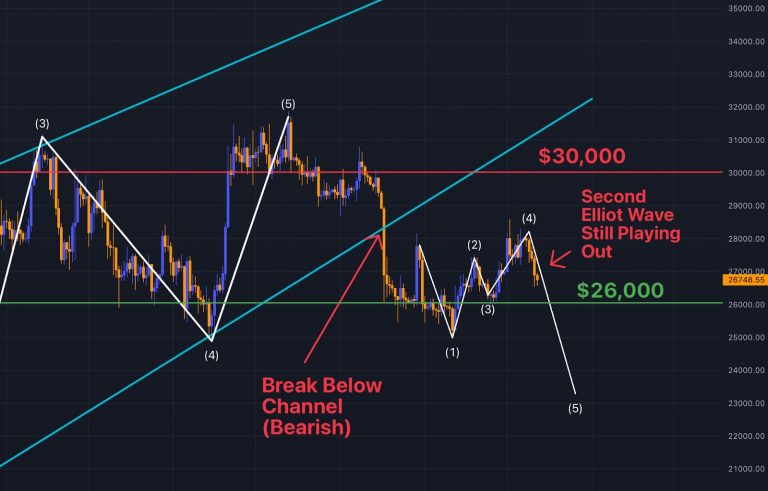As the market enters the final stretch of 2023, the cryptocurrency market—once considered a paragon of high-risk, high-reward investing—is sending mixed signals that defy traditional market logic and leave even seasoned investors scratching their heads. Bitcoin and Ethereum continue to show vulnerability to negative market forces. This vulnerability has been markedly intensified by the release of recent U.S. nonfarm payrolls (NFP) data, which exceeded market expectations by coming in at +336,000 versus the projected +170,000. This largely contributes to the weakness in risk assets as it increases the likelihood of hot inflation prints. Furthermore, escalating tensions in the Middle East have contributed to a disconnect between cryptocurrencies and other macroeconomic indicators, such as rates. Despite a significant rebound in the latter, driven in part by a 5% downturn in 30-year U.S. Treasury yields, the crypto sector has failed to mirror this bullish sentiment. Instead, it has revisited its monthly lows, a phenomenon that confounds market watchers given several ostensibly favourable conditions. These include the traditionally strong performance of crypto in October, a dramatic five-day plunge in long-end real rates, and high-profile endorsements from influential investors like Paul Tudor Jones. Moreover, Gold, a traditional safe haven, has rallied recently, presenting a glaring contrast to the crypto market’s downturn.
In this murky landscape, the Ethereum ETF stands out as a particularly disappointing performer, trading at an alarmingly low 0.2% of the corresponding Bitcoin ETF volume from two years ago. This likely shocked those who believed that institutions were on the cusp of embracing Ethereum ETFs on a grand scale; however, it is likely that the real issue lies in the growing scepticism surrounding futures-based ETFs in the current crypto market as a whole. Further adding to the complexity are the ongoing court case against Sam Bankman-Fried, which puts a negative spotlight on the crypto industry. On the economic front, the recent Consumer Price Index (CPI) data revealed a 3.7% inflation rate for September, exceeding the market’s expectation of 3.6%, thereby introducing another variable of uncertainty.
Given the current state of flux and unpredictability, two distinct approaches come to mind. The first involves staying in traditional safe havens like Gold, which has shown a recent rebound amidst the current geopolitical turmoil. The second focuses on volatility plays, specifically utilising options strategies like straddles or strangles that can capitalise on the heightened market uncertainty. Interestingly, the underwhelming performance of Bitcoin and Ethereum could be indicative of reduced susceptibility to downside risks, especially if CPI data continues to outstrip projections. For those keeping an eye on future market directions, critical resistance and support levels for Bitcoin lie at $29-30k and $25-26k respectively.
Check out the chart on TradingView here.
